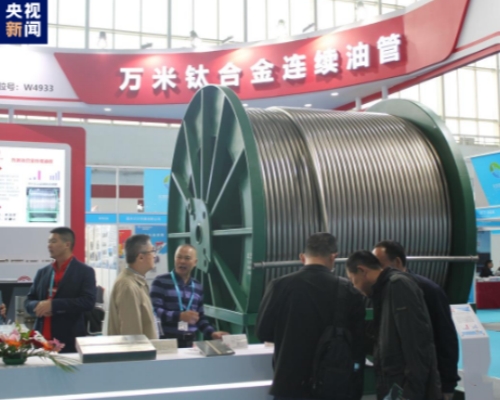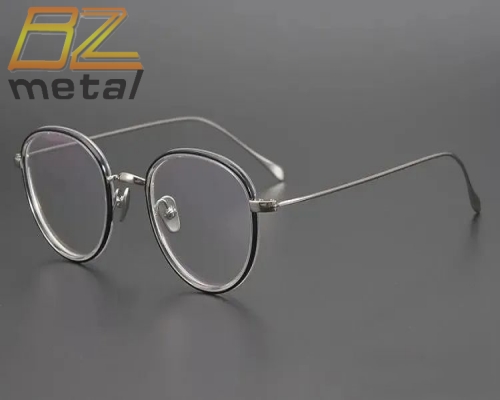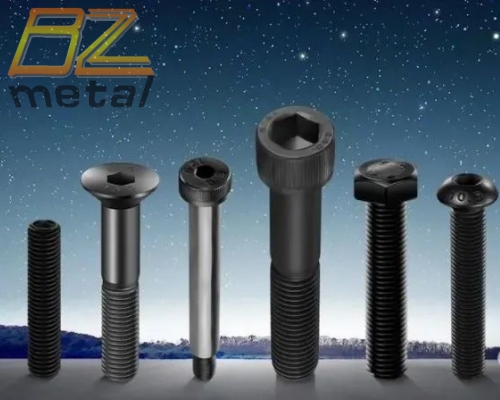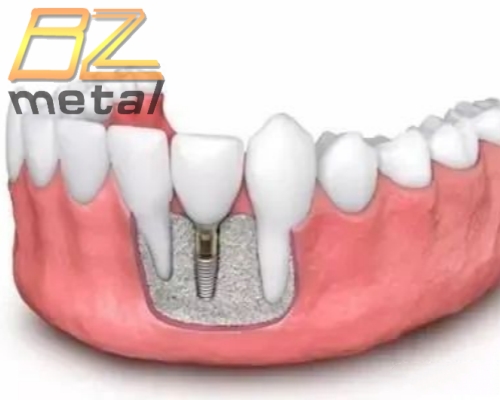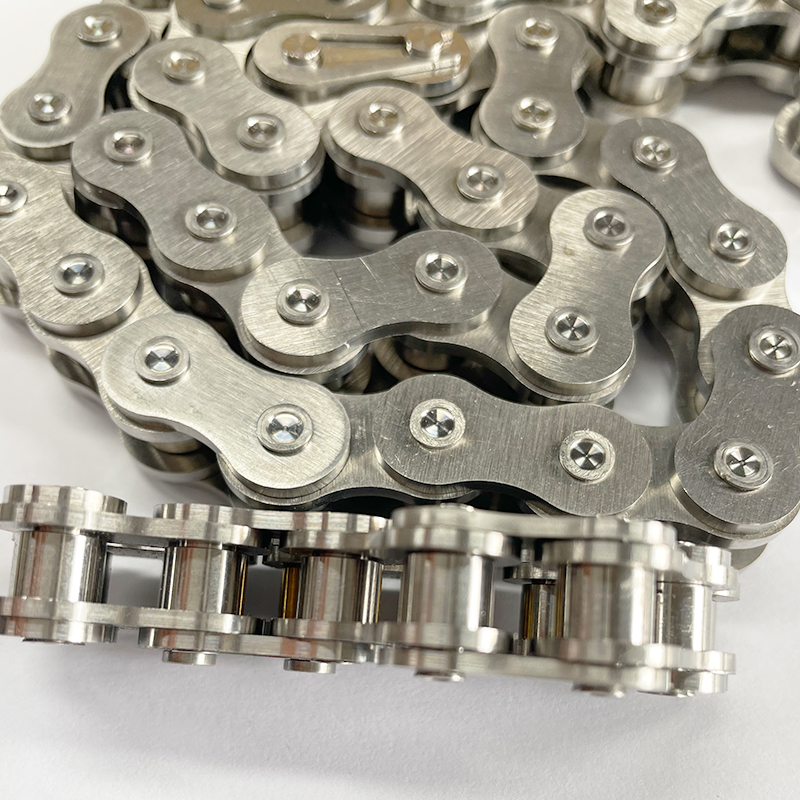3D Printing In Nitinol Stent Technology Has Been Made Big Progress
3D Printing In Nitinol Stent Technology Has Been Made Big Progress
NiTi has the characteristics of reversible strain when heated or unloaded, high power to weight ratio, good functional stability, light weight and so on. It is used in medical, mechanical, aerospace and other engineering applications.
Additive manufacturing technology based on powder bed laser melting process (L-PBF) can not only fabricate complex geometric shapes, but also adjust the performance of 3D-printed metal parts. Printing process parameters and scanning strategy show significant influence on the microstructure, performance and dimensional accuracy of manufactured parts.
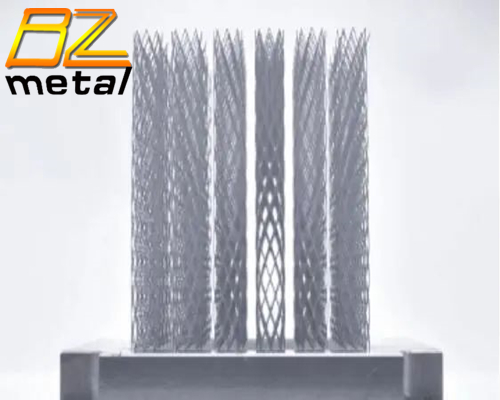
Shape memory effect is an important property of Nitinol alloy, which depends on the phase transition induced by temperature. In addition, the shape memory effect is also related to the formation of microdefects, secondary phase reinforcement and impurities in the process of forming.
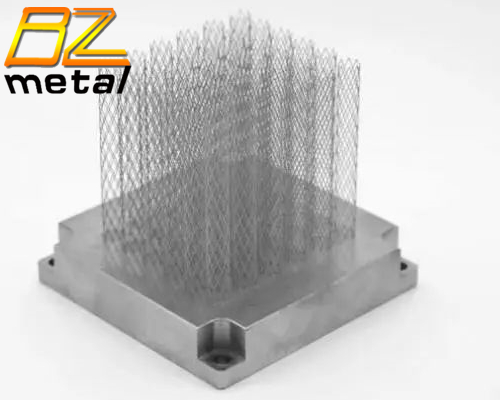
The shape memory alloy process was developed according to the application characteristics of nickel-titanium vascular scaffolds, which can realize the fine structure forming of 0.1-0.2mm. The material has super elasticity and good shape memory effect after deformation training.
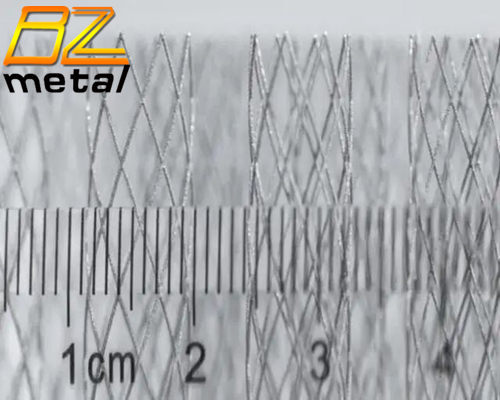
The change of phase transition temperature of Nitinol alloy mainly depends on the change of effective nickel-titanium ratio in Nitinol alloy. The results show that the higher the laser energy density is, the higher the phase transition temperature is. Blt-s210, the 3D printing equipment of BLT Metal, can be configured with fine light spot, which will provide technical support for the additive manufacturing of nickel-titanium vascular stent.

